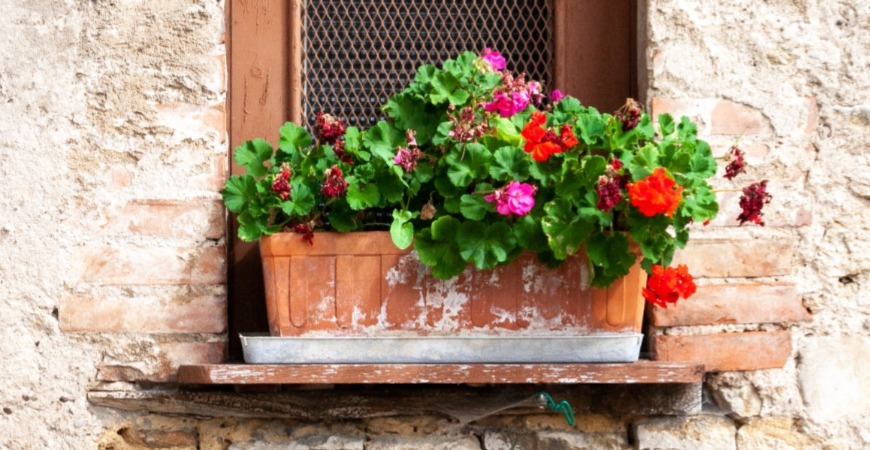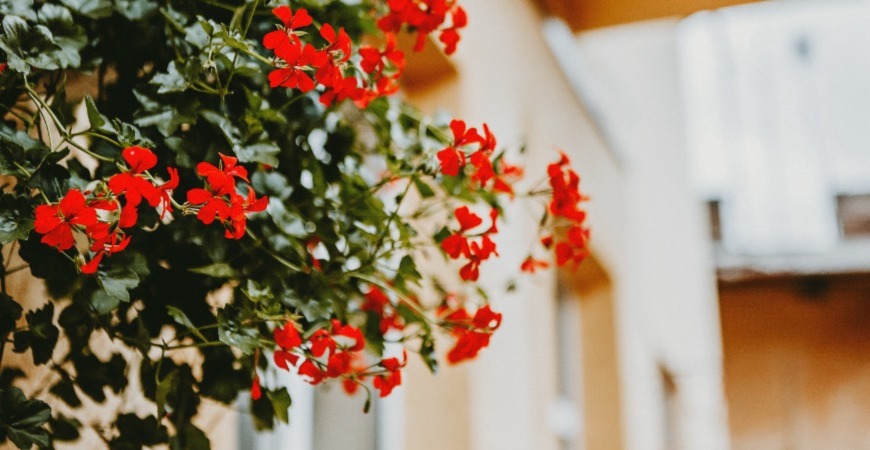
Petunias: The Ultimate Care Guide
If gardeners ever decided to cultivate a Plant Hall of Fame, one of the flowers most deserving of the golden planter would be the petunia. Petunias thrive anywhere the sun shines and help elevate a plain Jane garden into a glorious Gloria one.
With that in mind, we present our all-in-one guide for petunia care.
Why are petunias so popular?
It would be pretty rare to describe any flower as ugly, yet petunias rank as perhaps one of the most beautiful garden flowers even in this competitive field. Their petals tend to lean towards the warm end of the color spectrum, with bold reds and lively pinks especially common.
However, you can also find petunias with purple, white, and black petals. Some, such as the starry night or pink sky variety, offer a speckled look reminiscent of the sky at night or dusk.
These flowers are also easy to care for. They can thrive almost anywhere the sun shines, and while most gardeners consider them annuals, they can survive as perennials in warmer climates.
We shouldn’t dismiss how versatile petunias are. They’re equally welcome as a pop of color on the lawn, a border in a garden, or a porch planter.
Bird watchers may also find a use for petunias beyond their looks, as the flowers are known favorites of the oft-admired hummingbird. If you live near a wooded area, you may find that these rapid-beating birds are now regular guests in your yard.
What are the different petunia varieties?
There are around 20 different species of petunias, each of which is placed into one of five categories:
Multiflora
The most common type of petunia due to their durability, these flowers are smaller than other varieties but tend to grow more quickly. Popular varieties in this category include carpet series, heavenly lavender, and primetime.
Floribundas
Floribunda petunias are free-flowering, like multiflora varieties, but produce larger flowers, though not as big as Grandiflora petunias. Popular floribundas include celebrity and madness.
Grandiflora
These petunias offer flowers that outrival floribundas in size and should be grown in containers to prevent rain damage. In hot, humid climates, gardeners may want to avoid these flowers as they can rot in sweltering temperatures. Sugar daddy and rose star are two common varieties within this category.
Millifloras
Milliflora petunias are generally the smallest blooming petunia, but they may outlive other varieties. Fantasy petunias are among the most popular type of millifloras.
Spreading/Trailing Petunias
Ideal for window boxes, hanging baskets, and other long containers, these spreading flowers live up to their name by growing low to the ground and in bunches that can extend up to three feet long.
When and where should you plant petunias?
Many gardeners buy young petunias to transfer to another planter or their garden. When going this route, you should look for plants that are still short and haven’t bloomed.
Additionally, keep the flowers inside until the last frost of the season. Then, once you’re no longer at risk of colder nighttime temperatures, you can plant them in your garden or move the container outside.
Some gardeners may prefer to grow their petunias from their tiny, tiny seeds. Make sure to give the seeds plenty of light to promote germination.
If you’re starting your growing efforts indoors, you can plant your petunias outside once it has three leaves.
When planting them, place them in an area that gets at least six hours of sun every day. You can mix compost into the soil before planting, but make sure the site is well-draining to prevent root rot.
Of course, these flowers make excellent porch plants. You can find a variety of planters at your nearby garden store or, if you’re struggling with front porch planter ideas, create one yourself.
How do you care for petunias?
As long as petunias receive plenty of sunlight, they will thrive. However, that doesn’t mean you can dust off your hands and call your petunia care done for the year after planting.
Petunias need thorough watering, enough to soak the surrounding soil down to the roots at least once a week. However, if you live in an arid area, you may want to water these plants twice a week.
Spreading petunias or those in planters may also need water more frequently. It’s still essential not to overwater your flowers, so make sure that any container you use drains well.
Once you’ve reached summer’s midpoint, you may need to do some light pruning. Take a quick garden gander, and if there are any leafless stems, cut them back to about half their length.
Additionally, if you notice any flowers have died or look faded, you can remove them and add them to a compost pile. This process is called “deadheading” and helps the plant remain potent and pretty.
While most pests tend not to much on their petals, aphids and slugs sometimes make their presence felt. The best way to avoid an accidental invitation to snack town is to water only the soil around the flowers so that the leaves and petals remain dry.
Can you rescue dying or wilting petunias?
You’ve done everything to spur your baby petunia to grow into the beautiful addition to your lawn, garden, or porch of your dreams. Yet, when you check on your blooms each day, the petunias are wilting, yellowed, or — gasp — dead.
While reviving the dead is still beyond the advice offered by this blog, there are things you can do to restore your non-thriving blooms. That’s because most petunia issues typically boil down to only a few causes:
- Too much moisture can lead to root rot and yellowing leaves.
- Not enough sun can also result in wilting and yellowing leaves.
- Unhealthy or not enough soil can cause petunias to wilt.
Once you’ve identified the underlying issue, you can then take steps to perk your petunias back up:
- To reduce moisture, make sure you plant your flowers in containers or soil that are well-draining. Also, thoroughly water the blooms only once a week.
- To increase sun exposure, replant the petunias in an area that gets close to eight hours of sunshine every day or move porch containers to face the west or south.
- To improve soil quality, add compost and fertilizer to the soil. If you’re using a small container, move the plants to a larger container at least 12 inches wide, long, and deep.
So, yes, you can rescue petunias if they’re not showing signs of thriving. Don’t delay, though, especially if the issues are one of sunshine or too much moisture.
Live your best petunia life
Petunias are a worthy addition to any home or garden. If you’re ready to provide the minimal care needed, you can ensure that you have plenty of colorful flowers popping up wherever you plant them.













